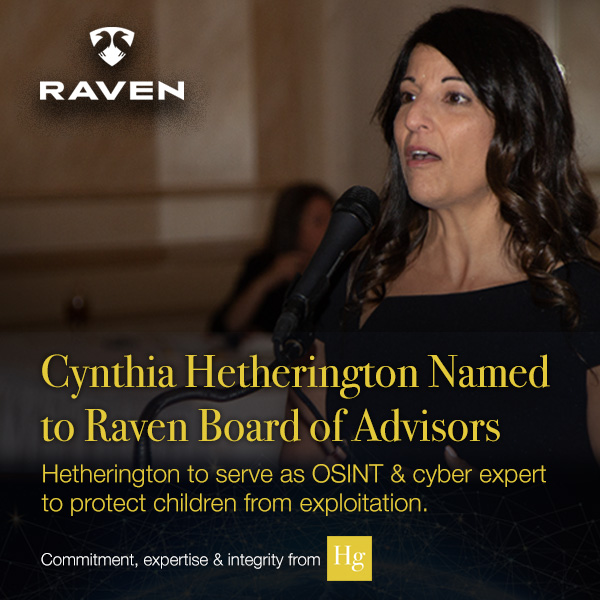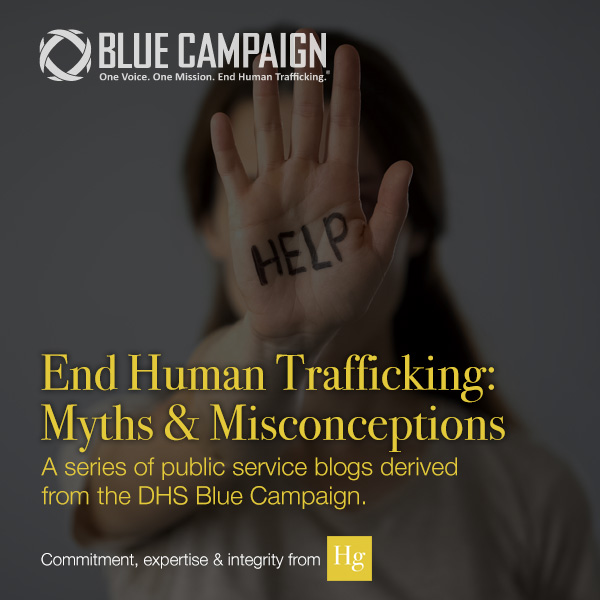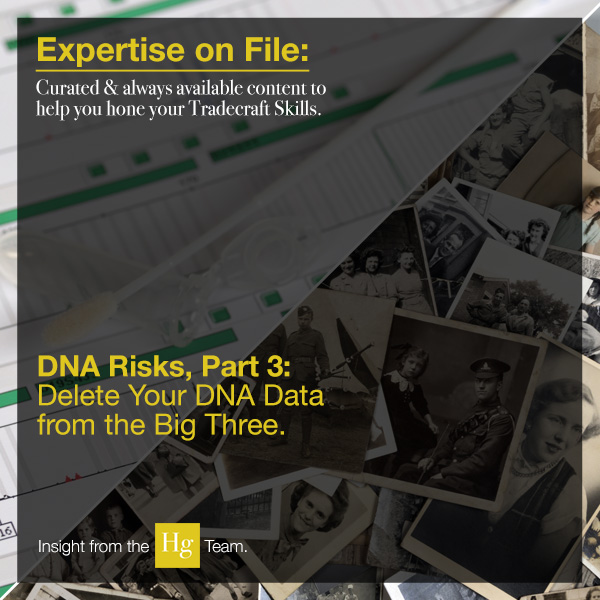By Dennis Maida, Jr., Intelligence Manager
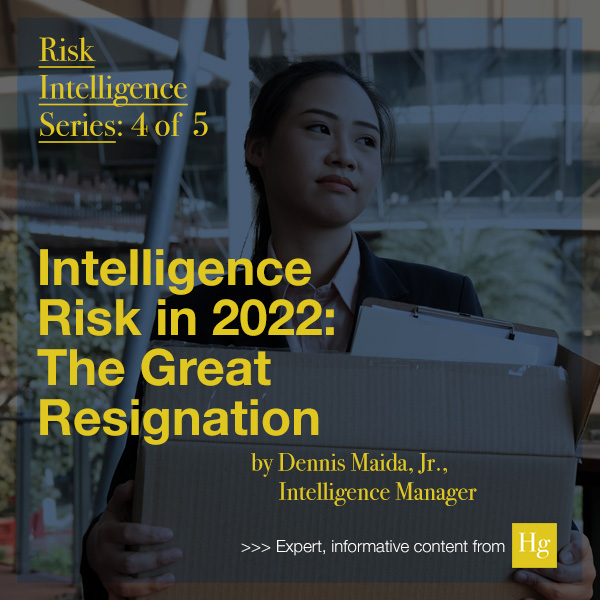
At Hetherington Group, we are the force multiplier often required by a Global Security Operations Center (GSOC), Executive Protection Team, or physical security entity to create a defense-in-depth strategy for safeguarding lives, property, and reputation. The ability to do so in a collaborative manner—with our intelligence professionals serving as the early warning beacon at the outer perimeter—has proven successful time and time again.
Thinking strategically to aid our clients in anticipating and effectively mitigating areas of risk is our charge. As we enter into 2022, we step up to the front line of risk and assess the threat landscape for 2022. In doing so, it quickly becomes apparent that the majority of issues cuts across all business sectors. Whether in the financial, manufacturing, healthcare, or arts and entertainment sectors, we can see the potential impact is formidable even if the who, what, how, and why remain somewhat covert.
In this 5-part blog series, I review the four most significant threat and risk concerns in the next 6-12 months: U.S. midterm elections; the Great Resignation; supply chain; and COVID-19. Each one is unique, yet there is a connection between them. Check-in with me weekly, as I identify their common threads while digging into each area’s unique risks and challenges.
The Great Resignation
So, what is the Great Resignation and, perhaps the more important questions to ask are, why is the Great Resignation occurring and what are the impacts to security?
Overview
The Great Resignation as it has come to be called, describes the occurrence of a mass number of people resigning from their jobs during the COVID-19 pandemic. It is expected to continue when the pandemic moves to an endemic phase. It has and continues to radically change the labor force landscape—impacting wages, workplace locations, positional competition, and work/life balances. Recent data from the U.S. Bureau of Labor Statistics shows an average of 4.3 million people quit their jobs the last five months of 2021. Although not a coordinated effort, this workers’ “movement” has caused company executives to rethink their long-term strategies on hiring for growth and external expansion. Low-income workers have seen their wages increase exponentially in the last year, with some companies offering signing bonuses and college tuition. Despite an increase in wages and perks, there is also a noticeable shift to embrace labor unions as a means to challenge the norm in the workplace after COVID.
Should we rely on history to tell us where we might be headed as the current pandemic and workplace transformations cross paths, we can turn to the period immediately following the Black Death which occurred between 1347 and 1351. I recently read an opinion piece in the New York Times written by M.T. Anderson, where he compared the current labor force semi-post COVID and the time after the Black Death. It’s an interesting comparison worth noting as it can provide us warning into potential instability.
Both COVID and the Black Death led to vast labor shortages, predominately in the service industries, with an eventual resurgence skyrocketing the cost of labor. Yet what had a more impressive impact both then and now, is the labor force taking inventory of their worth and questioning their current employment status. Workers (in the previous era, predominately serfs forced to work for a landlord) experienced economies hampered by inflation. This served as the catalyst to leave their lord in search of something better and allowed them to afford their basic needs at the minimum. Today, the U.S. is experiencing a similar fate as the impacts of COVID have caused employees to reassess their worth and work-life balance, giving them the upper hand over their employers.
What is most different though, is the use of social media by disgruntled employees to share their experiences and struggles to makes ends meet, for it likely caused the resignation to move at a much quicker pace and have the appearance of a coordinated effort. Recent union-led labor strikes at John Deere and Kellogg’s and Starbucks are indicative of the strength in numbers and serve as indicators of where the Great Resignation and labor union movements are headed. It is a great example how the workforce can, and will, take advantage during duress and discontent.
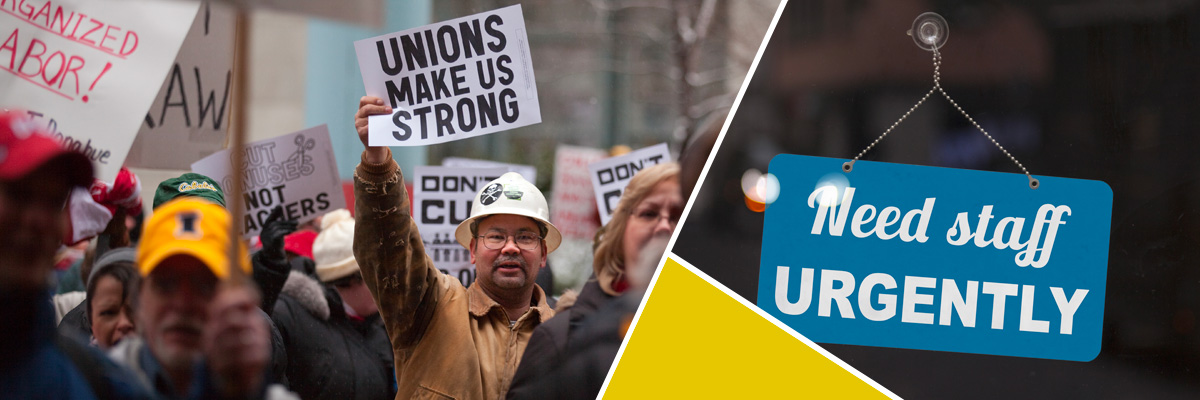
Where Awareness Monitoring Can Help
It should be noted that every American is protected by federal, state, and local laws to work in in safe conditions and to earn at least minimum wage. Awareness Monitoring should not be misconstrued as “union busting” or “spying” activities on union leaders or those seeking unionization. Utilizing open source platforms without the use of a cover account are managed both strategically and tactically, providing the end user—no matter the side of the negotiating table—with a better understanding of the issue and to define long-term impacts of their cause/business, based on daily activity awareness.
According to Teleport’s recent survey, Teleport State of Infrastructure Access and Security Report 2021, more than half (58%) of Information Technology respondents are “concerned” or “very concerned” about former employees leaving with secrets and/or knowledge on how to access their former organization’s infrastructure. The insider threat has been, and remains, a formidable and evasive threat and, in this case, exacerbated by the magnitude of COVID-19 and Great Resignation. According to the Proofpoint’s 2022 Cost of Insider Threats Global Report, both the incidents and costs associated with insider threats were up 44% and 34% respectively. The fight against, and ramifications of, insider threats are real and require a defensive, in-depth strategy that includes awareness monitoring.
Tools offering passive collection capabilities are quite effective at monitoring dark web chatrooms and marketplaces for indications of insider threats. Keying in on terms specific to a business’s interests such as database terms, products, or locations allow for early indicators of a potential insider threat. Such tools also allow for the proper triaging of those possible indicators, providing greater efficiency and serving as a vector to manual awareness actions, such as job review postings and message boards.
Equally so, the same tools can be used to help understand the labor union environment, providing key indicators of where a movement stands in any particular industry or for a specific company. Using free and open source data derived from traditional news and social media sources can answer the who, when, why, and where. If used correctly with an unbiased eye, one could build a strategic perception of where the effort is gaining (or losing momentum) and the parties who might be involved on all sides of the movement.
In conclusion, Awareness Monitoring is not to be feared as a spying tool against unionization. Instead, it can be appreciated for the level of detail it provides those on either side of the table. In other words, it provides another level of understanding to aid in developing the bigger picture. Whereas for an insider threat program, monitoring is the early warning indicator of a potential issue, or it is the “force multiplier” needed when the threat requires to be met head on and defeated.
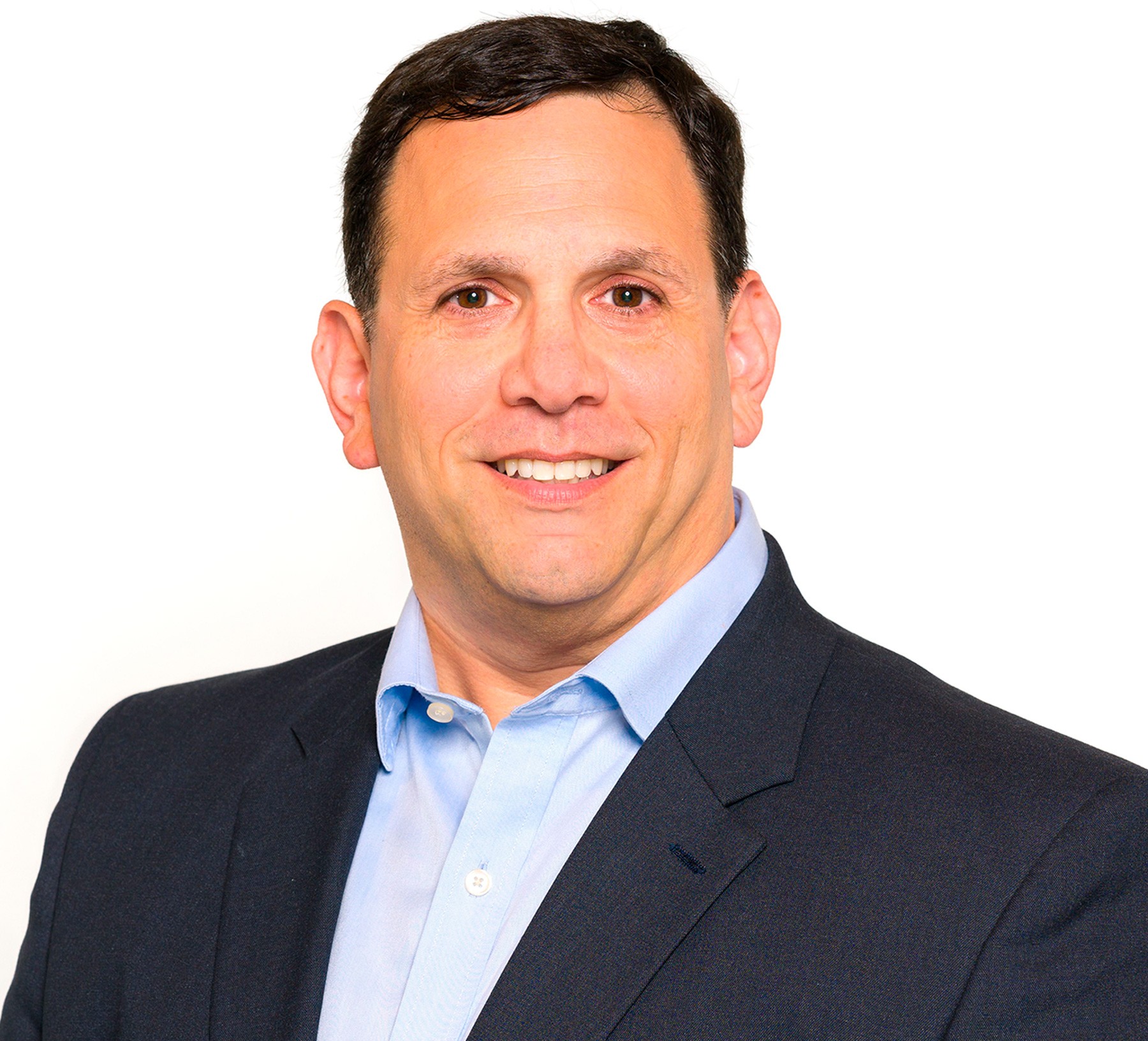 Mr. Maida joined Hetherington Group in 2021 as Manager of Intelligence. In this senior leadership role, Mr. Maida is responsible for the development of Hg’s Intelligence Center and day-to-day operations for risk monitoring, threat intelligence, and business and cyber support. He is tasked with fostering the growth of Hg’s Intelligence Center and maturing Hg’s Risk Intelligence program directly related to the security and welfare of clients. Prior to joining Hg, Mr. Maida served from 2016-2021 as Principal Lead of Strategic Cyber Intelligence at the Bank of New York Mellon, where he mitigated exposure to cyber vulnerabilities and drove strategic and geopolitical cyber threat intelligence initiatives.
Mr. Maida joined Hetherington Group in 2021 as Manager of Intelligence. In this senior leadership role, Mr. Maida is responsible for the development of Hg’s Intelligence Center and day-to-day operations for risk monitoring, threat intelligence, and business and cyber support. He is tasked with fostering the growth of Hg’s Intelligence Center and maturing Hg’s Risk Intelligence program directly related to the security and welfare of clients. Prior to joining Hg, Mr. Maida served from 2016-2021 as Principal Lead of Strategic Cyber Intelligence at the Bank of New York Mellon, where he mitigated exposure to cyber vulnerabilities and drove strategic and geopolitical cyber threat intelligence initiatives.

